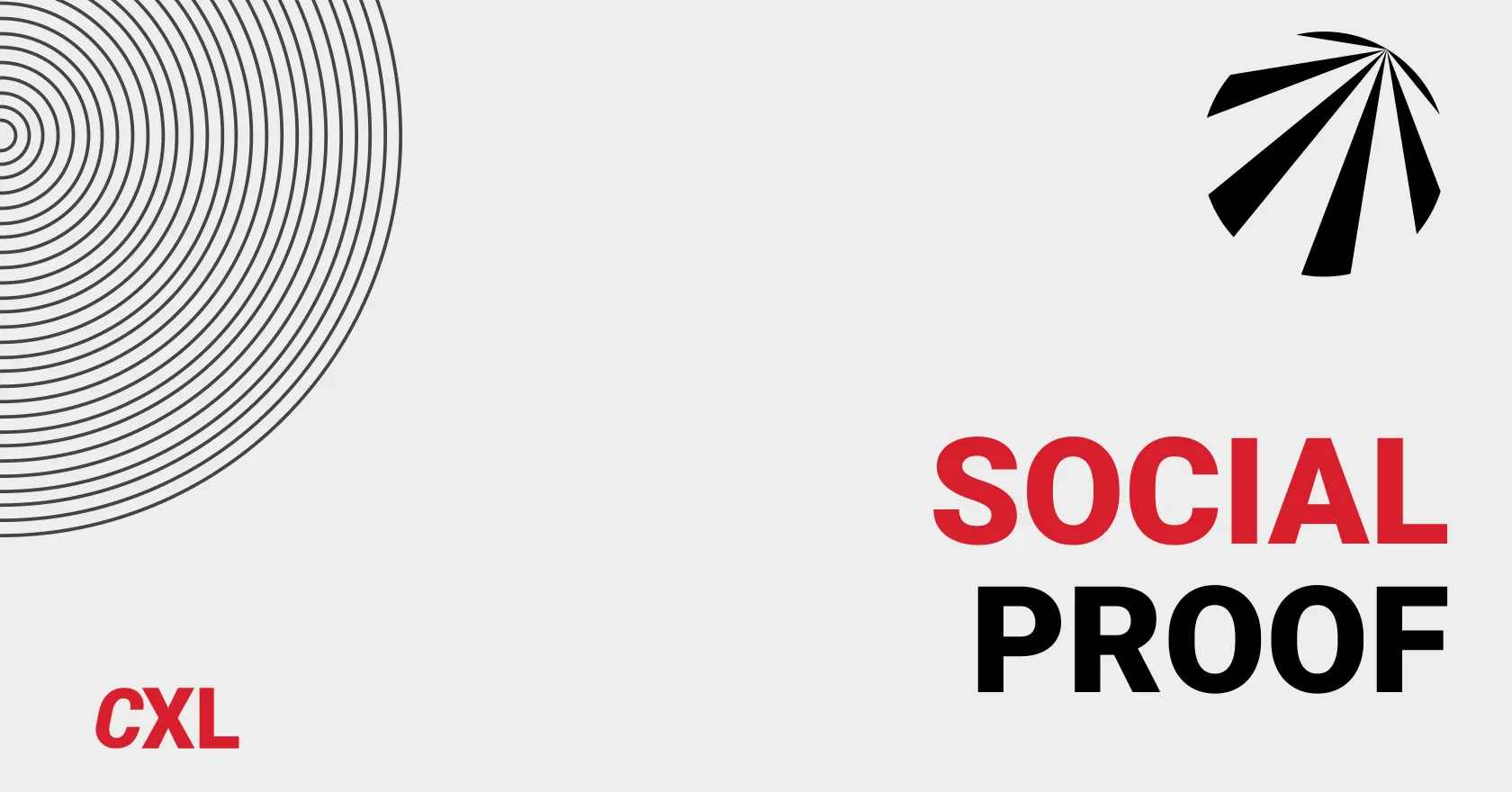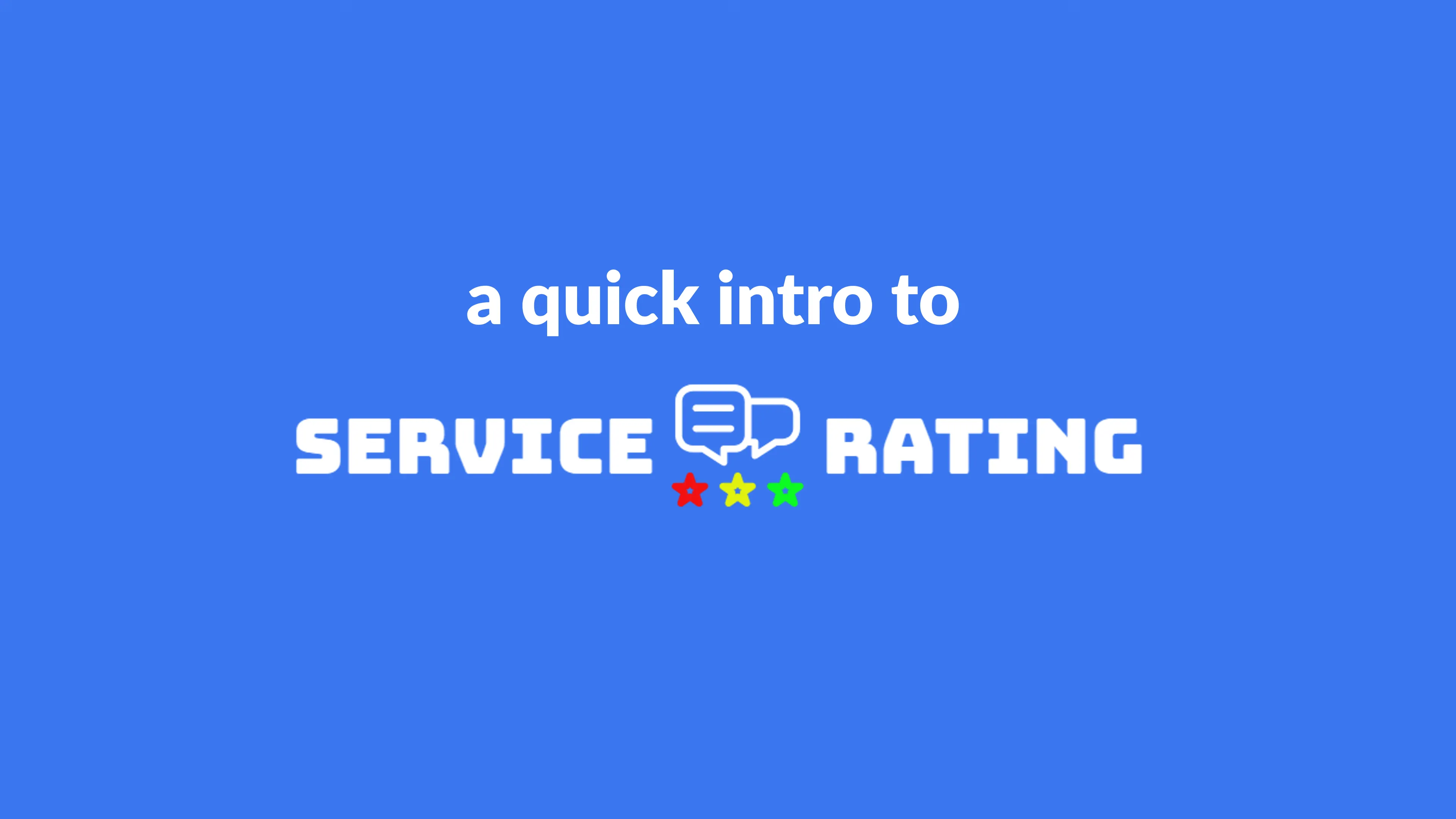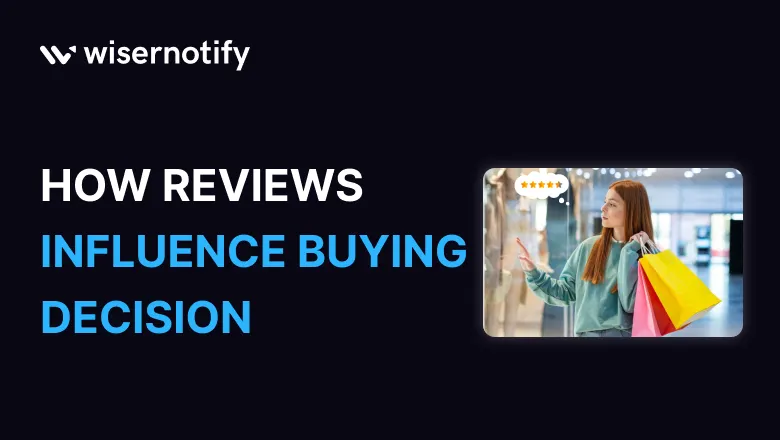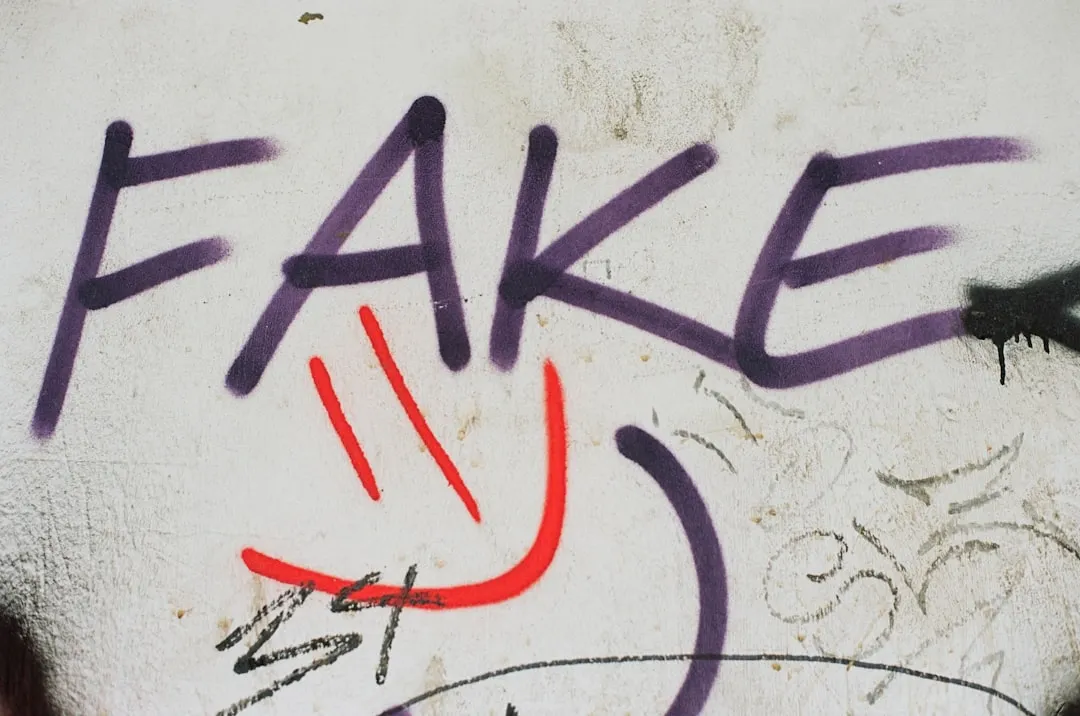Beyond the Hype: Unmasking the Real Power of Social Proof in Digital Marketing
Years ago, a friend swore by buying only books with glowing reviews—and, out of curiosity, I followed suit. The surprising thing? It completely changed my approach to online shopping. Social proof isn’t just a modern quirk; it’s as old as marketplaces themselves—a silent nudge, often felt but seldom examined. In this post, we’ll journey through the unexpected quirks, unchecked powers, and surprising pitfalls of social proof in today’s digital marketplace. Fasten your seatbelts: you’re about to see reviews, testimonials, and even trust badges in a whole new light.

Why We’re Wired to Follow: The Unspoken Roots of Social Proof
Before the digital age, people instinctively looked to others for cues on how to act. Picture a bustling ancient bazaar or a lively town square—shoppers would watch where crowds gathered, which stalls drew the most attention, and who was buying what. This universal urge to “check the crowd” is hardwired into us, shaping decisions from what to wear to which brands to trust. Today, this same instinct drives the power of social proofing in online marketing.
Robert Cialdini, renowned for his seven principles of persuasion, identified social proof as a cornerstone of influence. At its core, social proof is the psychological effect where people validate their choices by imitating the actions of others—especially in moments of uncertainty. This explains why reviews, testimonials, and trust icons are so persuasive: they signal that others have already vetted a product or service, making it feel safer to follow suit.
Uncertainty is a powerful motivator. When faced with a new product, an unfamiliar website, or a big purchase, most consumers instinctively seek validation. This is where social proof shines brightest. As Talia Wolf, founder of GetUplift.co, puts it:
“By carefully selecting and positioning social proof, businesses are able to trigger specific emotions that enable customers to feel confident, make informed choices, and join a collective movement.”
This emotional trigger is why brand trust is so closely tied to social proof. According to Statista (2024), a remarkable 89% of people trust word-of-mouth recommendations, 84% trust branded websites, and 81% trust brand sponsorships. These numbers highlight how deeply we rely on the experiences and endorsements of others, both online and offline.
The impact of social proof isn’t just theoretical. Angie Schottmuller’s research shows that when uncertainty is high and social proof is strong, conversion rates can soar by up to 400%. This is why social proof examples in online marketing—like user reviews on Airbnb, real customer photos on landing pages, or live activity notifications—are so effective. They tap into our primal need for reassurance, making us more likely to trust, engage, and ultimately buy.
In essence, social proof’s roots run deeper than digital. It’s a timeless, psychological shortcut that helps us navigate choices—especially when we’re unsure. When brands harness this instinct authentically, the results speak for themselves.
A Social Proof Rainbow: From Data Tallies to Trust Badges (and Where They Actually Work)
Social proof isn’t just a buzzword—it’s the engine behind digital trust and buying decisions. Shanelle Mullin’s research highlights six principal types of social proof that brands use to build credibility and drive conversions. Let’s break down this “rainbow” and see where each color shines brightest.
1. Case Studies: The Power of Proof
Case studies are in-depth stories that showcase real results for real customers. They’re especially effective for B2B, SaaS, and high-ticket items. Take Case Study Buddy: their short, data-driven case studies help prospects envision success. When combined with social proof tallies—like “over 1,000 companies served”—these stories become even more persuasive.
2. Testimonials: Authentic Customer Reviews
Testimonials are short, heartfelt endorsements from actual users. They work wonders on landing pages, whether you’re offering a free eBook or a $49/month SaaS tool. The secret? Authenticity. As Raphael Paulin-Daigle notes, photos and full names make testimonials believable and relatable.
3. Reviews: Objective Validation
Reviews, found on platforms like Yelp and Google, offer unfiltered feedback. For technical products or crowded markets, these authentic customer reviews are gold. Monitoring and showcasing unsolicited reviews can tip the scales for hesitant buyers.
4. Social Media Praise: The Buzz Factor
Social media mentions—whether on X (formerly Twitter), Facebook, or Instagram—create ongoing buzz. Social Media Examiner thrives on user-generated content, turning everyday praise into a powerful trust signal.
5. Trust Badges: Icons of Assurance
Trust badges like TechCrunch or Better Business Bureau logos signal authority. But beware of banner blindness syndrome, as Shanelle Mullin warns—overused or poorly placed badges can lose their punch. The key is context: combine badges with snippets of reputable reviews to keep them meaningful.
6. Data Tallies: The Strength of Numbers
Hard numbers—think “10,000+ users” or “2M blog readers”—build instant credibility. Buffer excels here, weaving user counts and social followers into their story. When paired with qualitative proof, these stats create a compelling conversion narrative.
Joel Klettke says, “Legitimate, relatable social proof consistently either improves or... maintains conversion rates.”
Airbnb’s journey from “nobody will stay” to “everybody’s staying” is a masterclass in leveraging reviews and ratings to drive global acceptance. Mixing qualitative stories (case studies, testimonials) with quantitative proof (data tallies, trust badges) is the secret sauce—just ask Buffer. But remember: placement and authenticity matter. Overused logos can fade into the background, so keep your social proof fresh, relevant, and real.
Dangerous Curves: The Art—and Pitfalls—of Placing Social Proof
In digital marketing, testimonials placement is both an art and a science. The revelation? Most customer testimonials are wasted as decorative fluff—buried at the bottom of pages or isolated from the real decision-making moments. As Joanna Wiebe famously states,
“Testimonials should act as credible witnesses, not decorative afterthoughts.”
Timing and placement are everything. The most effective social proof answers real doubts right at pivotal conversion points—think next to calls to action, pricing tables, or form submissions. According to a CXL study, users take an average of 8.3 seconds to first notice social proof, making strategic positioning crucial for impact.
The C-R-A-V-E-N-S Model: Quality Over Quantity
Enter the wild card: Angie Schottmuller’s C-R-A-V-E-N-S model, a gold standard for grading testimonial quality. Each testimonial should be:
- Credible – Real names, photos, and specifics
- Relevant – Directly addressing the prospect’s objections
- Attractive – Emotionally engaging
- Visual – Enhanced with images or video
- Enumerated – Supported by numbers or data
- Nearby – Placed close to the action (CTAs, forms, pricing)
- Specific – Detailed, not generic praise
Quality trumps quantity. A handful of high-impact testimonials, graded with C-R-A-V-E-N-S, outshine a dozen vague endorsements.
Future Pacing: Stories That Inspire Action
To truly move the needle, testimonials should do more than reassure—they should help prospects imagine their post-purchase success. This “future pacing” stacks relatable stories, painting a vivid picture of life after buying. When prospects see themselves in these stories, confidence and conversion rates soar.
A/B Testing: No Universal Formula
Despite best practices, there’s no one-size-fits-all answer. A/B testing is essential, as Chris Goward and Joel Klettke emphasize. Test different placements, formats, and stories. What works for one audience or product may flop for another. The only way to optimize conversion rate is through continuous experimentation.
In the end, the art of social proof is about context, quality, and timing. Place testimonials where they answer objections, grade them with C-R-A-V-E-N-S, and always test for what truly resonates. That’s how social proof becomes a conversion powerhouse—not just another piece of page décor.
When Reviews Get Clever: Oddball Tactics That Stop the Scroll
In the crowded world of digital marketing, traditional reviews and testimonials often blur into the background. To truly harness Social Proof Strategies and break through “banner blindness syndrome,” brands are turning to clever, oddball tactics that not only capture attention but also supercharge trust and conversions.
Implied Social Proof: The Power of Subtle Exclusivity
Sometimes, the most powerful social proof isn’t shouted—it’s whispered. Timothy Sykes, renowned for his penny stock training, masterfully leverages implied social proof with a single, pointed question: “Do you have what it takes?” This subtle challenge triggers FOMO (fear of missing out) and frames participation as an exclusive opportunity. Instead of listing endless testimonials, Sykes lets the audience imagine themselves as part of an elite group, amplifying social proof influence through scarcity and aspiration.
Storytelling Social Proof: Humor That Goes Viral
Mat Carpenter’s ShipYourEnemiesGlitter is a textbook example of story-driven testimonials outshining the ordinary. By weaving real customer stories into a hilarious, shareable narrative, the brand transforms user feedback into viral content. As Mat puts it:
"Good storytelling social proof grabs the heart—and the laughter—before it grabs the wallet."
This approach doesn’t just build trust—it creates a memorable brand experience that fans can’t help but share, fueling user-generated content and organic reach.
Activity-Based Proof: Real-Time Signals Create Urgency
Nothing says “join the crowd” like seeing real people take action right now. Platforms like AngelList and Barilliance use activity streams—live notifications of user sign-ups, purchases, or interactions—to inject urgency and credibility. These real-time signals tap into the psychology of FOMO, making prospects feel they’re missing out if they don’t act. This dynamic form of social proof influence can dramatically boost conversion rates, especially in competitive markets.
Social Shares: Ongoing Validation from Social Media Followers
Social channels like X (formerly Twitter), Facebook, and Instagram are not just platforms—they’re engines of continuous social proof. Every like, comment, and share acts as a micro-endorsement, building a living stream of validation. Brands like Social Media Examiner excel by nurturing this ongoing buzz, turning social media followers into powerful advocates and keeping their reputation fresh in the public eye.
By embracing these oddball, creative tactics—implied exclusivity, storytelling, real-time activity, and social shares—brands can break the mold and make their social proof strategies truly unforgettable.
If You Build It, Will They Review? Social Proof for Newcomers (No Chicken, No Egg)
Launching a new brand or product in today’s digital landscape can feel like shouting into the void—especially when you have zero reviews or testimonials to showcase. Yet, as Oli Gardner of Unbounce wisely advises, the path to Brand Trust and effective Social Proof Marketing starts with one essential rule: never fake social proof. In his words:
"Never fake social proof—trust begins with honesty, not invention."
Transparency and authenticity lay the strongest foundation for long-term trust. If you’re just starting out, don’t try to mask your inexperience. Instead, be upfront about your newbie status. Audiences today are savvy—they can spot inauthentic customer reviews from a mile away, and nothing erodes credibility faster than fabricated testimonials or inflated numbers.
Borrowing Credibility: The Influencer Endorsement Approach
When you don’t have your own Authentic Customer Reviews yet, Oli Gardner recommends “borrowing” credibility. Offer your product or service for free to respected influencers, journalists, or industry experts in exchange for honest feedback. This strategy not only generates genuine reviews but also taps into the influencer’s established audience, amplifying your reach and trustworthiness. Even a single mention from a credible source can serve as a powerful endorsement, jumpstarting your social proof marketing efforts.
Creative Outreach: Blogger and Journalist Reviews
Don’t overlook the power of creative outreach. Reach out to bloggers, niche community leaders, or journalists who align with your brand values and ask for their honest opinions. Their reviews, even if critical, signal transparency and a willingness to improve—key ingredients for building brand trust. Remember, it’s better to have a handful of honest, constructive reviews than a dozen generic, suspiciously glowing ones.
Indirect Endorsements: Piggybacking on Established Trust
If direct reviews are hard to come by, leverage indirect endorsements. Reference respected industry figures who support the broader concept behind your product, or highlight positive trends and statistics relevant to your offering. These subtle cues can lend credibility when authentic customer reviews are still in the making.
As Oli Gardner’s mantra reminds us, true trust is earned, not bought or manufactured. For newcomers, the key to unlocking the real power of social proof lies in transparency, creative outreach, and a relentless commitment to authenticity.
Wrap-Up: Measuring What Matters and Staying Ahead of the Herd
In the fast-evolving world of digital marketing, the true power of social proof lies not just in its presence, but in how effectively it’s measured and optimized. As Shanelle Mullin and other industry experts have shown, measuring effectiveness is about more than tallying up followers or counting testimonials—it’s about understanding the real-world social proof influence on your audience and conversion rates.
Quantitative data—like reviews, ratings, social shares, followers, and impressions—offers a clear snapshot of reach and engagement. These numbers matter: they show how many people are interacting with your brand and can signal trust to new prospects. Tools like ServiceRating, Barilliance, Crazy Egg, Lucky Orange, Unbounce, and CXL make it easier than ever to track these social proof conversion rates and spot trends. But numbers alone don’t tell the whole story. Qualitative insights—such as detailed customer feedback, emotional testimonials, and the resonance of your brand’s story—reveal the “why” behind the metrics. When you blend analytics with genuine user sentiment, you get a fuller picture of what’s working and what’s not.
Key engagement metrics to monitor include likes, comments, shares, impressions, email sign-ups, repeat buyers, referrals, backlinks, and app downloads. Each of these signals a different layer of trust and intent. As Brian Massey wisely puts it,
“Present metrics in their best light—3,413 customers can’t be wrong.”
But don’t just rest on impressive numbers. Track conversion lifts after introducing new social proof tactics—look for upticks in sales, reviews, or sign-ups to see what truly moves the needle.
The most successful brands never coast on what worked last year. Continuous measurement and experimentation are essential. A/B test different types and placements of social proof, and always be ready to adapt as audience preferences shift. Remember, social proof is like seasoning: too bland, and your message gets lost; too spicy, and it overwhelms. The right balance—backed by both data and authentic stories—creates a compelling, trustworthy experience that keeps you ahead of the herd.
Ultimately, the secret to measuring effectiveness is to blend hard numbers with human insight. When you do, you’ll not only boost your social proof tally but also build lasting trust, drive higher conversion rates, and ensure your brand stands out in a crowded digital landscape.
For more information on ServiceRating.CC, you can check out the following URL:
- Website: https://servicerating.cc
- Blog: https://blog.servicerating.cc
- Community: https://community.servicerating.cc
- Subscription: ServiceRating.CC Monthly & Yearly License
- Subscription: ServiceRating.CC Lifetime License
P.S. Don't forget to follow us on social media, the community, the website and the - - YouTube channel for even more inspiration and updates!
- Website: https://thereviewshed.cc
- Website: https://van-santen-enterprises.com
- Community: https://community.van-santen-enterprises.com
- Marketing Courses: https://thetraininghub.cc
- The Store: https://van-santen-enterprises.cc
- YouTube Channel: @VanSantenEnterprises
To Learn more about "Digital Marketing" or to stay informed, subscribe to the free newsletter or community.
.#SocialProof, #DigitalMarketing, #BrandTrust, #ConversionOptimization, #CustomerTestimonials, #TrustBadges, #CRO, #MarketingSuccess, #Storytelling, #BannerBlindness
TL;DR: Social proof is more than just a trendy tactic—it's psychological fuel for trust and conversions. By understanding, innovating, and testing its use, marketers can foster genuine brand loyalty while sidestepping the pitfalls of overused strategies.












